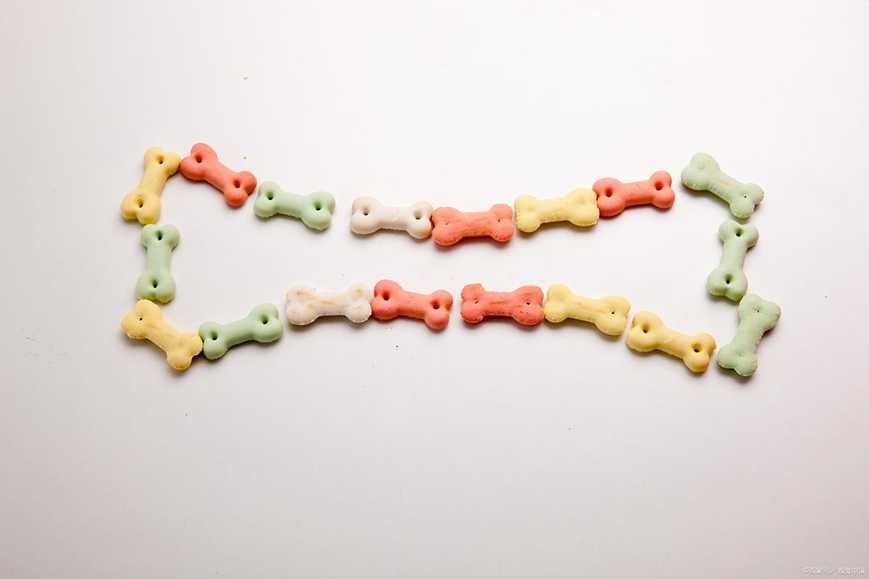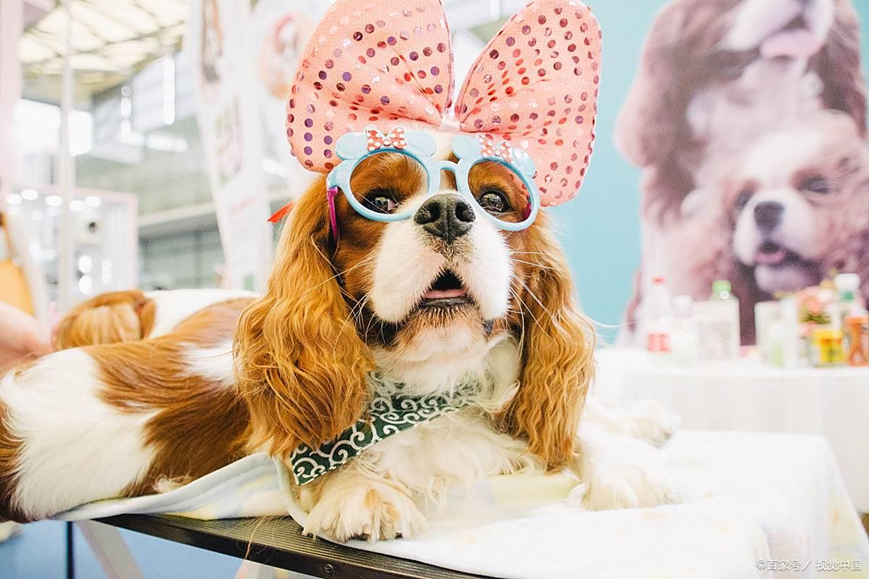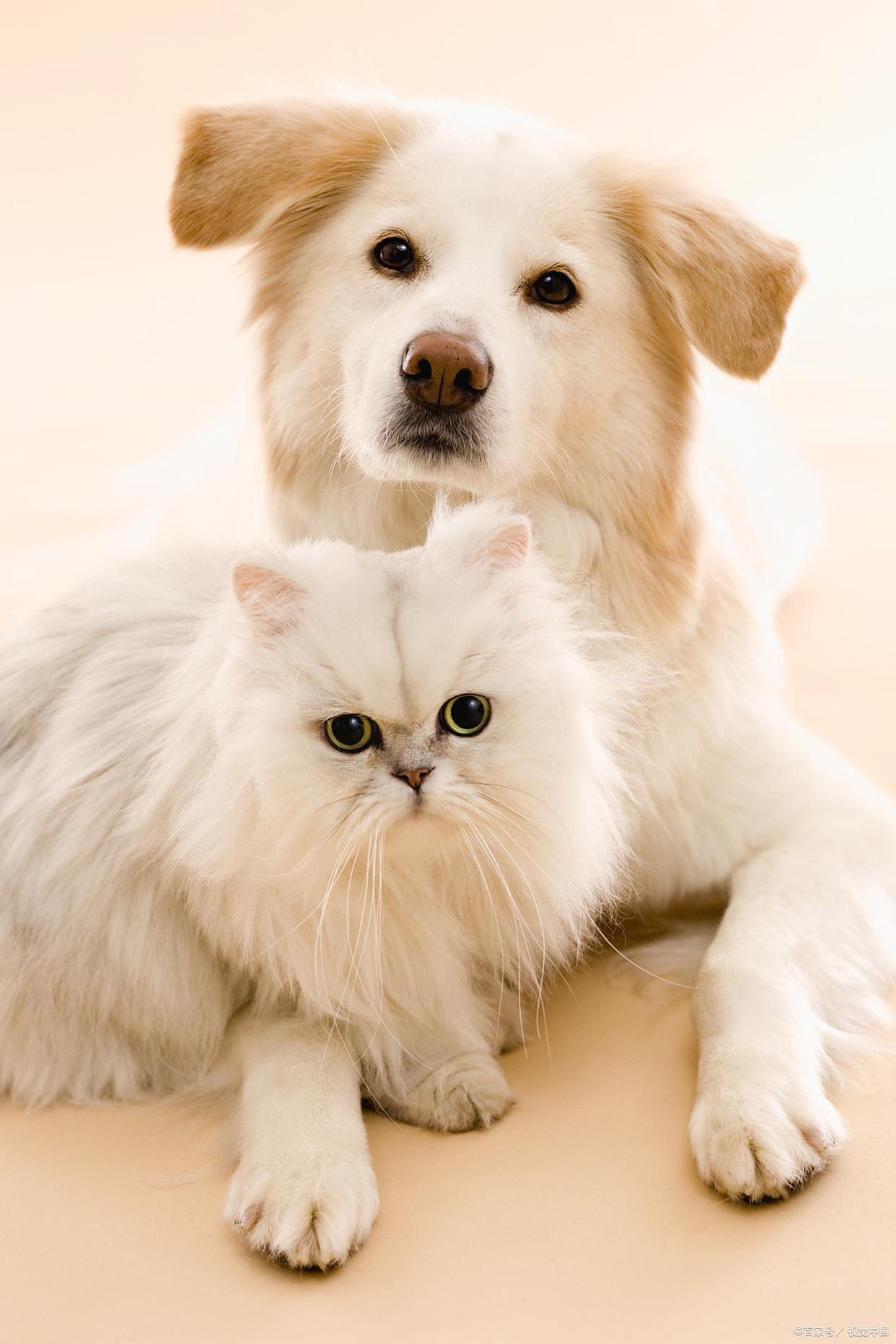
News list
新闻列表
In recent years, as "furry children" have gradually become important members of families, the pet economy is rising at an unprecedented speed. From basic pet food and supplies to high-end medical, beauty, insurance and other services, the consumption chain centered around pets continues to extend, forming a huge "other economy" market. So, who is really paying for these 'brats'? What are the consumption trends and social phenomena worth paying attention to behind the pet economy?

1、 The rise of pet economy: from "guarding homes and nursing homes" to "emotional attachment"
In the past, pets were more responsible for guarding homes and nursing homes, but now they have become emotional support for many families. According to relevant data, the size of China's pet market has grown from tens of billions of yuan in 2015 to hundreds of billions of yuan in 2025, with a compound annual growth rate of over 20%. Behind this rapid growth is a redefinition of the role of pets by people. In modern urban life, groups such as young people living alone, empty nest elderly, and DINK families consider pets as important emotional partners. Pets are not only animals, but also members of the family, and this emotional bond directly drives consumption upgrading.
Taking Wuhan as an example, according to statistics released by the local government in July 2025, the number of pet dogs and cats in the city has exceeded one million, and the average annual pet consumption expenditure accounts for more than 5% of household disposable income. From the refinement of pet food (such as customized food and functional food) to the diversification of services (such as pet SPA and psychological counseling), consumer demand is developing towards high-end and personalized direction. A pet owner born in the 1990s said, "Buying imported food and having regular check ups for your dog is like raising a child, I think it's worth it

2、 Who is paying for the 'hairy child'? Three main consumer groups
1. Urban young white-collar workers: willing to pay for "emotional value"
As the main force of pet consumption, young white-collar workers aged 25-35 pay more attention to the "quality of life" of their pets. They are willing to pay for services such as organic food, smart pet devices, and high-end beauty. For example, the sales of products such as smart feeders and surveillance cameras have been growing year after year, reflecting the trend of "technology pet raising". In addition, pet socialization has become a new demand for young people, and it is not uncommon to bring pets to parties, take photos, and even hold "pet weddings".
2. Middle class families: "quality upgrade" of pet consumption
Families with better economic conditions are more inclined to choose imported pet food, professional training courses, and even pet insurance. According to data from a certain e-commerce platform, in the first half of 2025, the order volume of high-end pet medical services (such as MRI and dental surgery) increased by 40% year-on-year. A Beijing parent admitted, "The cost of a comprehensive physical examination for a cat is even higher than that of a human, but for its health, it must be spent
3. Silver haired population: Pets fill the gap in the "lonely economy"
Empty nest elderly alleviate loneliness by raising pets, driving stable growth in the mid to low end pet market. They may not purchase expensive toys, but their spending on basic healthcare and food is very stable. Some communities have even introduced a "pet mutual aid elderly care" model, where elderly people take turns taking care of their neighbors' pets, forming a new social way.
3、 Industrial Chain Explosion: From "Basic Needs" to "Luxury Enjoyment"
The industry chain of pet economy has expanded from traditional food and supplies to more segmented fields:
Medical and health: The trend towards chain and specialization of pet hospitals is evident, with high-end services such as genetic testing and cancer treatment emerging.
Fashion industry: Pet clothing and luxury accessories (such as LV pet bags) have become new growth points, and some brands have even launched pet collaborations.
Funeral and Commemoration: Pet cremation, customized urns, DNA preservation and other services are quietly emerging to meet the needs of emotional continuity.
Integration of culture and tourism: With an increase in pet friendly hotels, flights, and scenic spots, traveling with pets has become a new trend.
It is worth noting that capital is also accelerating its layout. At the beginning of 2025, a domestic pet food brand completed hundreds of millions of yuan in financing, and pet intelligent hardware enterprises have frequently gained the favor of venture capital. Industry analysis suggests that in the next five years, the pet economy may surpass a trillion yuan scale.
4、 Controversy and Reflection: Is It 'Overconsumption' or 'Emotional Need'?
Despite the thriving market, controversy has also arisen. On the one hand, some people question whether some consumer behaviors are "intelligence taxes", such as pet cakes priced at thousands of yuan or "pet anti-aging health products"; On the other hand, the issue of stray animals and the phenomenon of pet abandonment still need to be resolved. Experts suggest that the industry needs to strengthen regulations, avoid excessive marketing, and promote rational consumption. For example, the "stray animal adoption subsidy" policy introduced by Wuhan city has lowered the threshold for pet adoption and reduced the abandonment rate.

Conclusion: The essence of the pet economy is' human needs'
The outbreak of 'it consumption' essentially reflects the dual driving forces of emotional gap and consumption upgrading in modern society. Whether young people seek companionship or families pursue quality of life, the core of the pet economy is always to meet people's needs. In the future, with the development of technology and changes in social attitudes, this market will continue to differentiate and innovate, but the only thing that remains unchanged is people's love for "furry children", which is the true driving force behind all of this.

